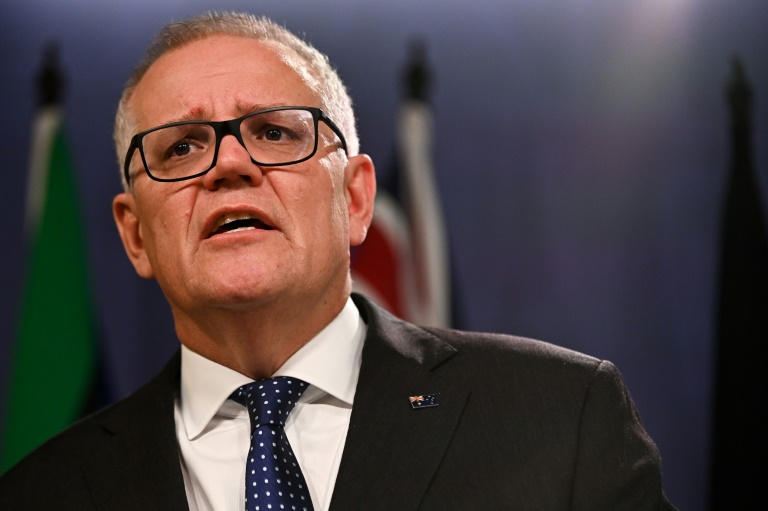Japan’s factory output fell for a second consecutive month in October, as stalling global demand and lingering supply bottlenecks put a lid on Japanese manufacturers’ production plans.
The feeble business activity highlights challenges for the world’s third-largest economy, which has been lagging behind peers in recovering from the pandemic even as the government readies another stimulus package to counter 40-year-high inflation.
“The pickup in production is pausing. For October-December, (Japan’s) production will likely be almost flat or slightly decrease from the previous quarter,” said Shumpei Fujita, economist at Mitsubishi UFJ Research and Consulting, pointing to the global economic slowdown as a culprit.
Factory output fell 2.6% in October from a month earlier on a seasonally adjusted basis, government data showed on Wednesday. The dip was larger than economists’ median forecast of a 1.5% decline and followed a revised 1.7% decrease in September.
Production machinery output slipped 5.4%, taking a hit from soft demand for equipment to make semiconductors and flat-panel displays. Electronic parts and devices output decreased 4.1% as semiconductors and liquid crystal panels were weak.
Decreasing demand for smartphones and electronic devices in big markets such as China led to the weak output in related sectors, a Ministry of Economy, Trade and Industry (METI) official told a media briefing.
But production in the auto-related sector, a key industry for Japan Inc with many suppliers involved, advanced 5.6%. While output of compact cars for the domestic market grew, production and shipment of export-oriented larger vehicles was down due to chip shortages, the METI official said.
METI cut its assessment of industrial output for the first time in five months, saying “production is gradually picking up, but some weaknesses are observed”.
Manufacturers surveyed by METI expected output to rise 3.3% in November and another 2.4% in December, although the forecast figures are normally more bullish than actual results.
Fresh COVID-19 outbreaks in Chinese cities pose another risk to Japan’s production outlook, as major Japanese carmakers including Toyota and Honda said they have adjusted production in China due to local lockdowns.
The impact of China’s recent lockdown remains unclear, the METI official said, adding the spill-over effects for Japanese manufacturers may only appear in November or December statistics.
After a surprise contraction in July-September, economists forecast annualised 3.1% growth in Japan’s October-December gross domestic product, a Reuters poll showed on Tuesday.
To counter increasing costs for households and businesses, partly exacerbated by the yen’s decline this year to three decade lows, Japanese Prime Minister Fumio Kishida has sought another 29 trillion yen ($210 billion) extra budget, which will likely pass the parliament later this week.
Toward the first half of 2023, “weaker production and exports, coupled with curbs on consumption amid inflationary pressure, may result in a slowdown in Japan’s economy,” said Takeshi Minami, chief economist at Norinchukin Research Institute.
($1 = 138.7500 yen)







